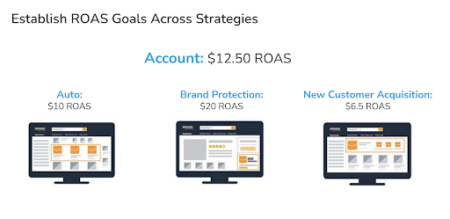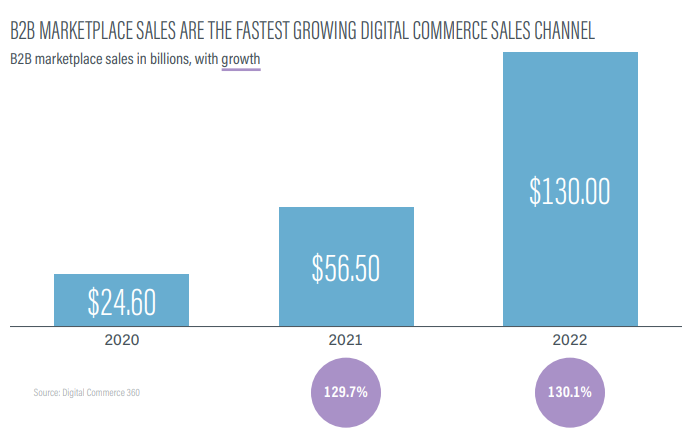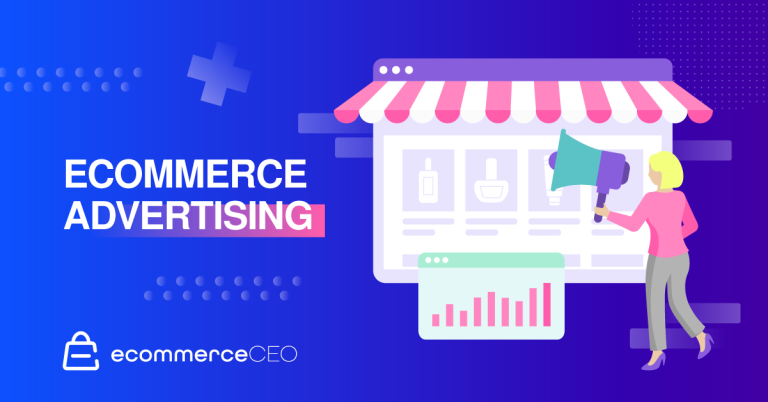Walk through the most essential steps for implementing a CommerceXM platform, which will help support your digital transformation to win on the digital shelf. Learn how to choose the right platform, build a winning ecommerce team, and roll out a strategy and process that will set you up for success.
Choose the Right Platform
Before you can successfully implement a CommerceXM platform for your business, you need to make sure you have selected the right one for your needs. There are many ecommerce point solutions (i.e., offerings that address only a single challenge) on the market.
However, a CommerceXM platform offers a comprehensive solution, as it includes everything brands need to create engaging commerce experiences across the digital shelf.
Essential CommerceXM capabilities include:
- Product information management (PIM)
- Digital asset management (DAM)
- Inventory and order data management
- Syndication
- Digital shelf analytics
- Enhanced content
- Workflow
Build a Successful Ecommerce Team
Building a top-performing ecommerce team is also essential for implementing a CommerceXM platform. It can be intimidating to face the change-management process or start a new venture where nothing else existed before. But, it can and must be done to develop a lasting and successful ecommerce strategy.
A dedicated team with the right experience and expertise in digital transformation and change management will help your organization make the transition as smooth as possible.
You need to be fast to win on the digital shelf. You also need to be thorough and set up to scale. Each member of a winning team will contribute to ensuring you’re getting the most out of the CommerceXM platform.
Essential ecommerce team roles for successful CommerceXM implementation:
- Director of ecommerce: A director of ecommerce will champion the platform inside of your organization, ensuring that necessary resources are flowing into the project.
- Ecommerce creative: An ecommerce creative contributes to your growing digital footprint, helping your team develop engaging product content and a strong brand identity across the digital shelf.
- Ecommerce business analyst: An ecommerce business analyst will ensure you’re getting the most out of the platform and identify areas for improvement.
- Ecommerce tech lead: An ecommerce tech lead will overcome any technical hurdles getting the software implemented. Getting IT buy-in is especially critical in organizations where you may need to integrate with legacy systems.
- Ecommerce program manager: An ecommerce program manager will manage day-to-day activities, ensuring the implementation moves forward.
Develop a CommerceXM Implementation Strategy
With the right platform and team in place, your organization must develop a clear strategy to help meet your goals. Walk through the four essential steps of building a CommerceXM implementation strategy.
Step 1: Set CommerceXM Implementation Goals
Every strategy must start with a clear set of goals. When implementing a CommerceXM platform, establishing a clear understanding with your team about desired outcomes and business impact helps create visibility within the organization and allows your team to gauge progress.
Setting clear goals and milestones will make the implementation feel rewarding in the short term and ensure implementation will deliver the results it needs to in the long term.
For example, one goal you might have is setting up a product line in the CommerceXM platform. You can further break down this goal into individual SKUs — and further break that down into individual pieces of content. This process has the additional benefit of revealing weak points in your content that you can set as another goal to improve later in your timeline.
Examples of essential goals for CommerceXm platform implementation:
- Hiring a top-performing ecommerce team;
- Measuring baseline ecommerce performance by channel, which could include average time-to-market metrics for updating product content or releasing new products, page views, sales, conversion rates, etc.;
- Improving on the baseline ecommerce performance metrics by a certain percentage every month, quarter, and year; and
- Mapping your current workflows and identifying the top areas for improvement.
Identifying the right set of goals gives you a clear roadmap for what to do and when to do it. You can then take that roadmap and point to it to prove progress and success as you implement the CommerceXM platform.
Step 2: Make Change Management a Priority
Implementing a CommerceXM platform can be a significant change for your organization. Outline the change management process from start to finish. Identify areas where you believe you will face the most critical resistance to change, and prepare points highlighting the value of making the change and how the change will be made as smooth as possible.
For example, one of the most significant changes organizations face is the process of managing product data. Instead of putting information into emails or spreadsheets, you will directly put this data into the CommerceXM platform.
Managing this specific change might include messaging to show your teammates how working out of a CommerceXM platform will help keep your information centralized to allow everyone in the organization to find the latest and accurate information, saving everyone time and effort.
If you can further show an approximate amount of time your coworkers are spending trying to hunt down information in scattered sources, that will further bolster your argument
Step 3: Launch Training Initiatives for Lasting Results
Training is essential for implementation, and teams must attend the introduction training at a minimum. For users who will use the system more fully, a power users training or platform certification will help them develop a strong understanding of the platform’s benefits and capabilities.
Training will help ensure your team is getting the most out of the platform. While a great CommerceXM platform will be easy to use, if people don’t know how to use the platform, they won’t see its value.
Regular training and communication throughout the organization to ensure everyone is trained will protect the gains you’re making. You do not want to be in a situation where you’re relying on just a few people who know how to use the platform, as they may decide to move on to another role at another company at some point.
Step 4: Unify Business Operations
Unifying business operations means collaborating closely with other teams using the same information and performing the same tasks. Unifying business operations can help reduce duplicate work, which saves your organization time and money.
For example, avoid setting up in-store and online as separate operations. Many of the same enhanced content assets, messaging, and market research can apply to both channels.
When you unify your business operations, you adhere to a best practice to keep things as simple as possible, so everyone knows exactly where everything is and who to go to for questions. This approach makes the entire product lifecycle-management process easier and faster — and can help give you the agility to respond to opportunities in the market.
Commerce Will Continue to Evolve
Shoppers will continue to evolve, and with this evolution comes shifts in buying behaviors, preferred sales channels, and other parts of the omnichannel commerce experience. Knowing how to implement a CommerceXM platform is the first step in effective digital transformation, and having the right team in place to support you on your journey is vital.
Learn more about Salsify Commerce Experience Management (CommerceXM) and see how it could help you advance your commerce strategy to win on the digital shelf.






